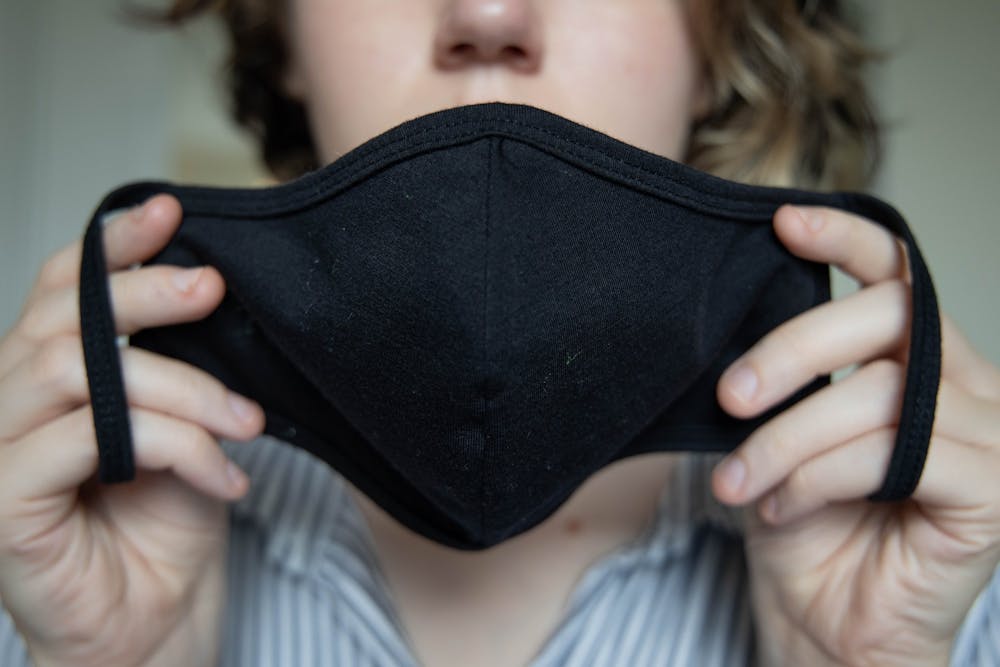The COVID-19 pandemic has posed many difficulties on the nation. Among those obstacles is changes in the education system, social interactions and, as the pandemic persists, development in children.
The Centers for Disease Control and Prevention has just recently updated its developmental milestones this year for the first time since 2004.
Developmental milestones consist of skills where children grow in their interactions, such as taking a first step, smiling for the first time and waving “bye-bye." These developmental milestones are assessed in children at different stages, from the first two months to five years of age.
Children reach these milestones through basic development, such as play and learning. While the pandemic and updated developmental milestones from the CDC aren't necessarily related, it does spark a conversation about the pandemic's future and its effects on child development.
The ways in which the nation has dealt with obstacles in K-12 schools has been unprecedented. From remote and hybrid models of learning, mask mandates and plexiglass screens in speech classrooms, there are plenty of new procedures of safety and precautions.
While the CDC’s updates for developmental milestones raise concern among educators of all kinds, there are positives to address. The update includes changes for parents as a part of their new model, “Learn the Signs. Act Early."
Additionally, the CDC’s updates are more inclusive, denoting milestones that include what “most” children of a certain age group should achieve, which jumped from 50 to 75 percent among children.
While this may ease concern among parents or pediatricians when assessing children, Elizabeth Cook, a speech-language pathologist clinical fellow, worries this may be, in part, a negative thing.
“When we look at guidelines, we want it to be … like a screening tool, we want it to over identify, so that we are getting all the kids who need help … and maybe a couple that don’t, so that we can get all those kids in to be able to test them … and see, does this kid need services?," said Cook, who is currently working with preschool students.




